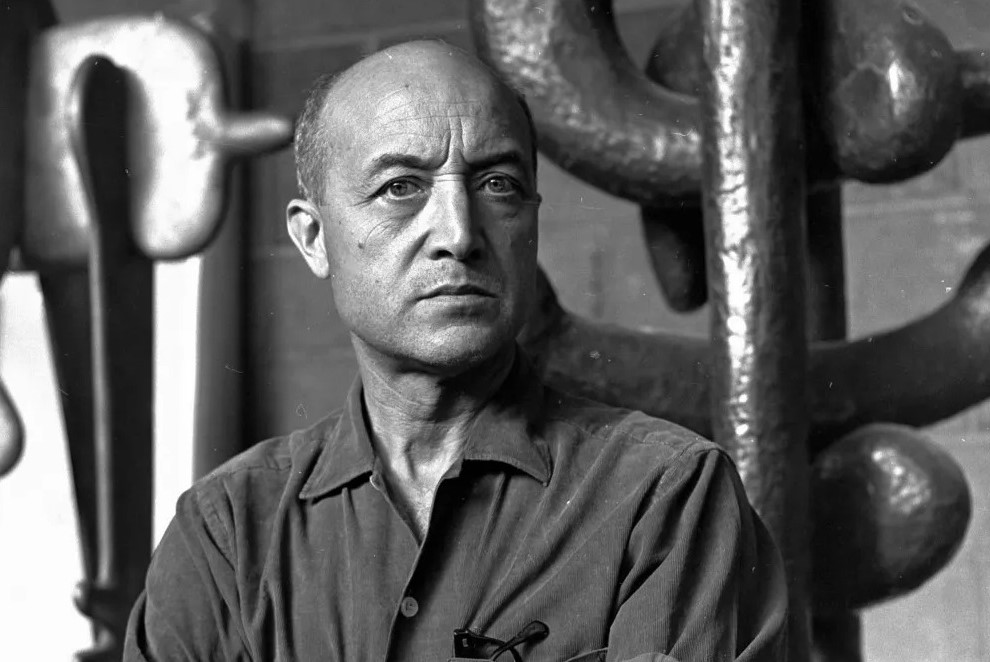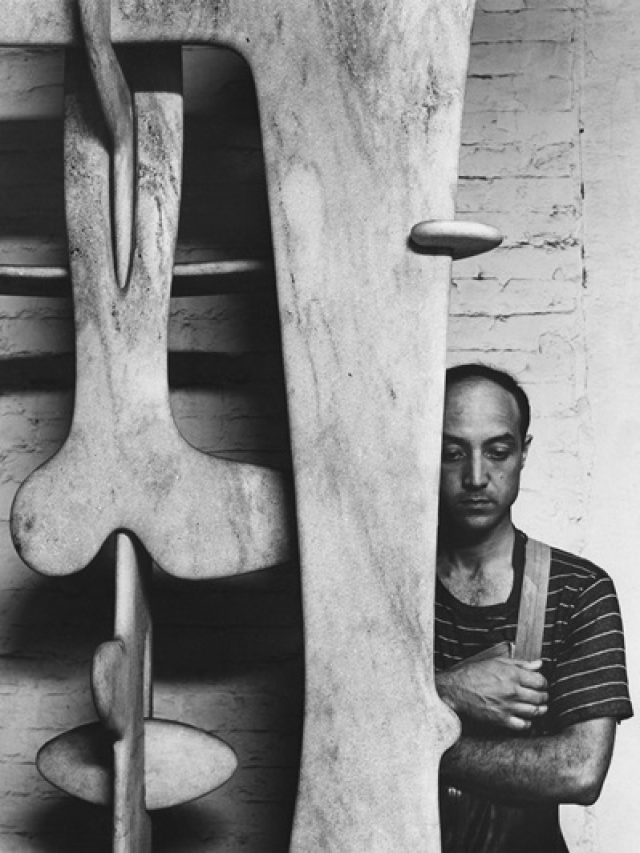Isamu Noguchi (1904–1988) was a prominent Japanese-American artist and landscape architect. In Los Angeles, California, he was born to a Japanese father and an American mother. Noguchi is a multi-media artist whose work includes sculpture, furniture, ceramics, set design, and public art installations.
Noguchi is most recognised for his sculptures, which frequently merge a strong appreciation of natural materials with modernist features. Throughout his career, he tested various genres, from abstract pieces to more figurative ones. Noguchi made a lot of sculptures, gardens, and playgrounds, as well as other public artworks. Two notable examples are the Billy Rose Sculpture Garden at the Israel Museum in Jerusalem and the Sunken Garden at the UNESCO offices in Paris.
In the mid-20th century, Noguchi created furniture that became famous. The Noguchi Coffee Table, which has a unique glass top resting on a sculptural hardwood base, is one of his most well-known designs. Noguchi worked with choreographers such as George Balanchine and Martha Graham, developing inventive set designs for their dance performances. His contributions to the fields of dance and theatre helped to shape a new aesthetic.
Isamu Noguchi garden
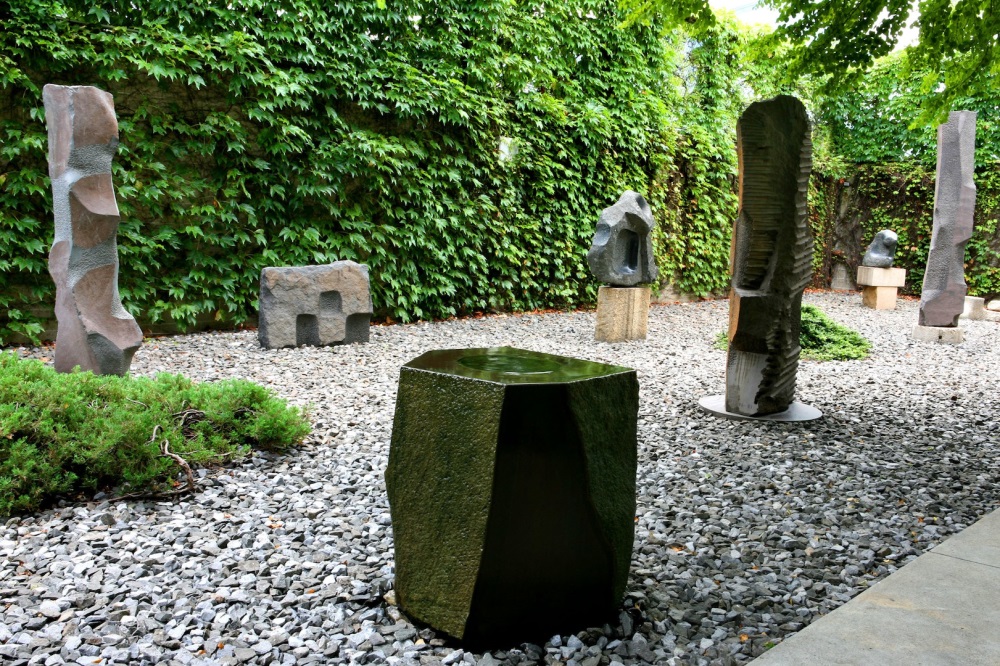
Long Island City, New York, is home to the Isamu Noguchi Garden Museum, also called The Noguchi Museum. Isamu Noguchi founded it, developed it, and it became available to the public in 1985. There are outdoor sculpture gardens and indoor galleries within the museum complex.
The outside area of the museum is an exquisitely designed sculpture garden that showcases a selection of Noguchi’s creations. The thoughtfully placed plants and walkways surround the sculptures, creating a peaceful and meditative setting. Noguchi’s sculptures can be seen outside in the garden, which enhances the indoor exhibition areas.
A vast array of sculptures, sketches, models, and works by Isamu Noguchi are displayed in the museum’s indoor galleries. Visitors can examine how Noguchi’s artistic perspective changed during his career in the display rooms.
Isamu Noguchi sculpture
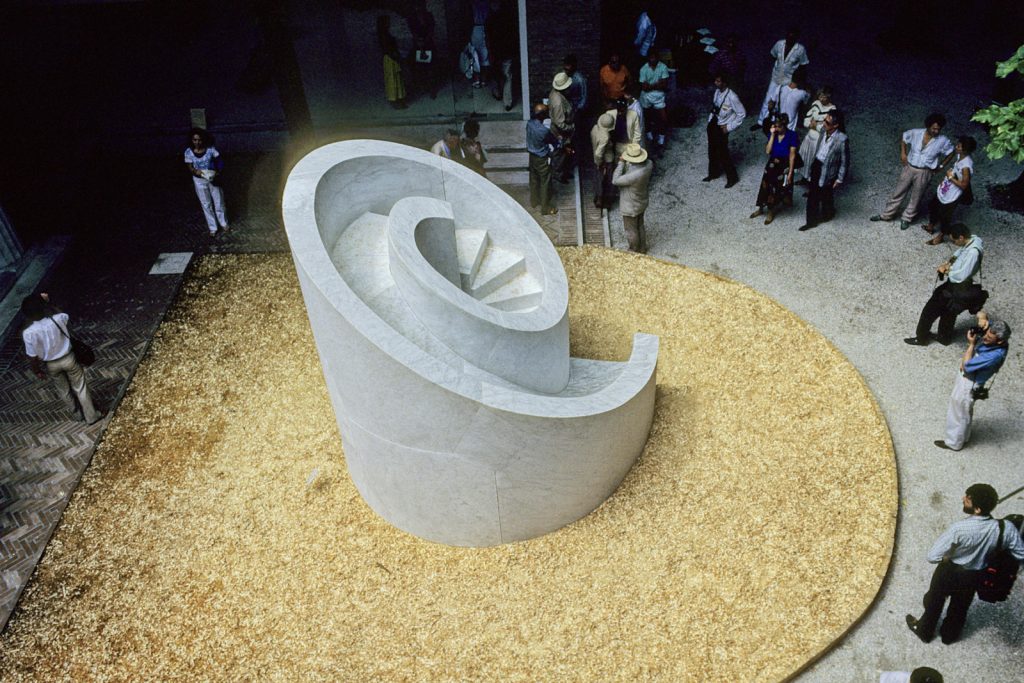
Isamu Noguchi was a very versatile artist whose varied body of sculptures is well-known. He used a variety of mediums, materials, and topics in his sculptures. Noguchi experimented with various forms and materials in his early works, many of which embraced abstraction. He created sculptures with organic shapes and flowing smooth lines during this time.
Noguchi was an extraordinarily talented stone mason. He used materials like granite and marble to make many sculptures that demonstrated his admiration for the inherent characteristics of the stone. “My Arizona,” a colossal granite sculpture in the Billy Rose Sculpture Garden of the Israel Museum in Jerusalem, is among his most well-known stone works. Not to be overlooked are Noguchi’s light sculptures known as Akari. These sculptures are light and bright, composed of washi paper and bamboo frames. A range of lamp designs from the Akari series blend modernist design ideas with traditional Japanese artistry.
Noguchi contributed to public art by making expansive installations and sculptures for various public areas. The Red Cube in New York City’s Financial District and the Sunken Garden at the UNESCO headquarters in Paris are two examples. Noguchi experimented with interlocking or puzzle-like forms in a few of his works. A prominent illustration is the “Double Red Mountain” sculpture of two interlocking steel structures painted red.
Isamu Noguchi furniture
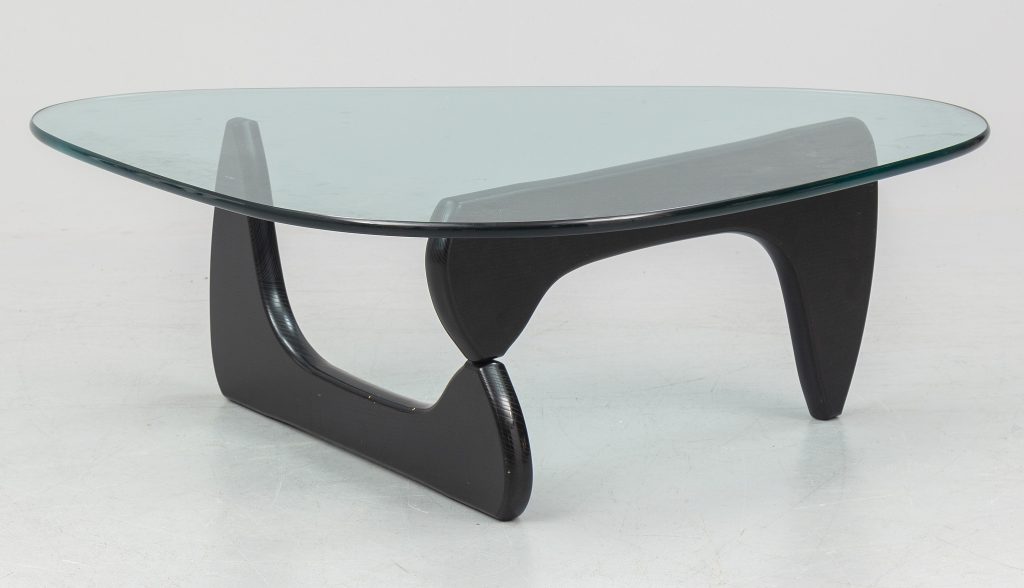
Isamu Noguchi made essential advances in the field of furniture design, producing works that are praised for both their aesthetic and practical attributes. The Noguchi Coffee Table is among his most recognisable and well-known furniture designs. Designed in 1944, the Noguchi Coffee Table is arguably the most famous furniture design he created. The table has a distinctive sculptural base of two pieces of wood with smooth curves supporting a glass top. This kind of furniture has come to symbolise mid-century modernism.
Natural materials, organic shapes, and sculpture-like quality define Isamu Noguchi’s furniture designs. Like his sculptures, his furniture designs combine modernist ideas with traditional Japanese artistry. Several of his furniture designs are still in production today and are regarded as timeless masterpieces.
Isamu Noguchi coffee table
The coffee table is famous and iconic furniture designed in 1944 by Japanese-American artist and designer Isamu Noguchi. Its sculptural and artistic characteristics have made it a classic example of mid-century modern design.
The Noguchi Coffee Table’s sculptural base is its most notable feature. Two gently formed, interconnecting hardwood parts make up the foundation, which has an organic, biomorphic shape. The features that add to the table’s aesthetic appeal are frequently called the “Noguchi base.” The sculptured oak base is topped with a glass tabletop that is either rectangular or triangular. The glass’s transparency highlights the balance between the two pieces by providing an unhindered view of the sculpture base below.
Noguchi’s legacy is preserved and promoted by the Isamu Noguchi Foundation and Garden Museum, which is situated in Long Island City, New York. The Noguchi Museum, his former studio, and an outdoor sculpture garden are all part of the museum. Noguchi’s desire to close the gap between Eastern and Western artistic traditions was informed by his mixed ancestry. His art blends a strong respect for traditional Japanese craftsmanship with modernist aesthetics.
Isamu Noguchi received widespread recognition for his artistic accomplishments during his lifetime, and his impact may still be seen in modern design and art. His ability to eloquently combine cultural inspirations with artistic disciplines has impacted the art and design worlds.

Krispin Joseph PX, a poet and journalist, completed an MFA in art history and visual studies at the University of Hyderabad.

